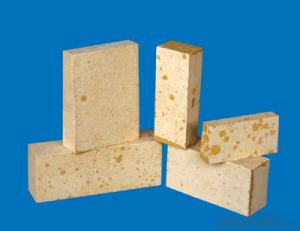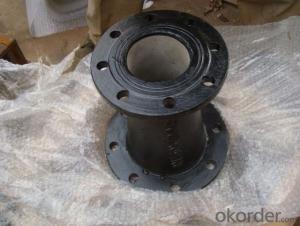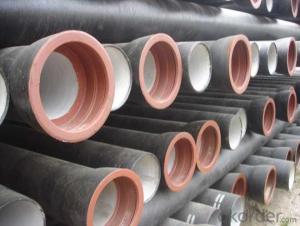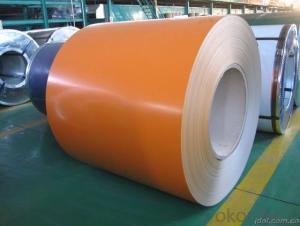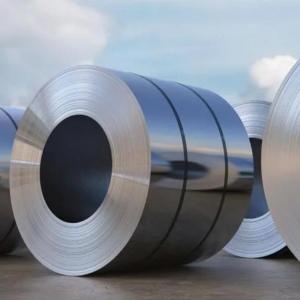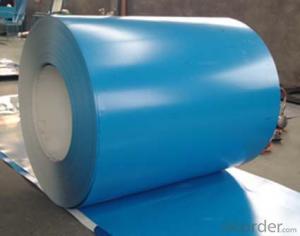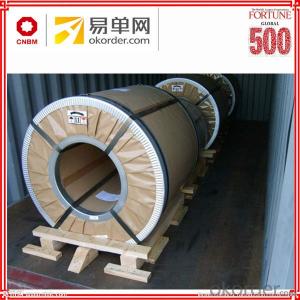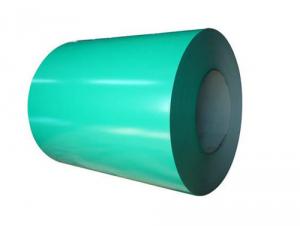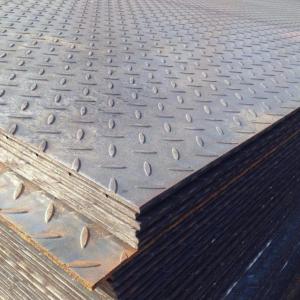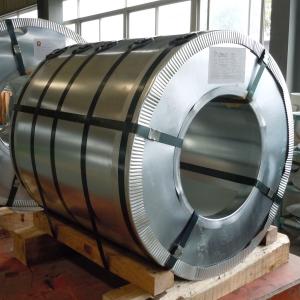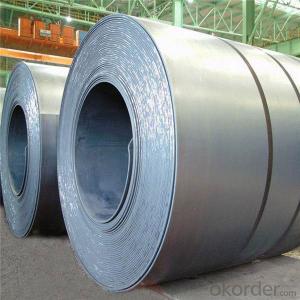Oven Cleaner On Stainless Steel
Oven Cleaner On Stainless Steel Related Searches
Best Paint For Stainless Steel Blanket Insulation For Steel Buildings Primer For Galvanized Steel Foam Filter For Stainless Steel H S Code For Stainless Steel Surface Grinding Wheels For Stainless Steel Surface Grinding Wheels For Hardened Steel Hole Saw For Stainless Steel Paint For Stainless Steel Stainless Steel For BbqHot Searches
Steel Mesh Panels For Sale Price For Stainless Steel Scrap Scrap Price For Stainless Steel Price For Stainless Steel Stainless Steel Tank For Sale Stainless Steel Sheets For Sale Cheap High Tea Sets For Sale Stainless Steel Tanks For Sale Stainless Steel For Sale High Density Fiberboard For Sale Solar Hot Water Collectors For Sale Scaffolding For Sale In Uae Scaffolding For Sale In Ireland Scaffolding For Sale In Houston Type Of Inverter For Solar Price Of Shipping Containers For Sale Types Of Inverter For Solar Stock Price For Aluminum Used Solar Inverter For Sale Steel Mesh Panels For SaleOven Cleaner On Stainless Steel Supplier & Manufacturer from China
Okorder.com is a professional Oven Cleaner On Stainless Steel supplier & manufacturer, offers integrated one-stop services including real-time quoting and online cargo tracking. We are funded by CNBM Group, a Fortune 500 enterprise and the largest Oven Cleaner On Stainless Steel firm in China.Hot Products
FAQ
- Steel coils are widely used in the production of structural steel due to their versatility and efficiency. These coils, which are made by rolling steel into a cylindrical shape, serve as the raw material for various structural steel products. One of the primary uses of steel coils in the production of structural steel is in the manufacturing of beams and columns. These coils are processed in steel mills, where they undergo cutting, shaping, and bending to form the desired profiles. Beams and columns are essential components of any building or infrastructure project as they provide support and stability. Steel coils are also used in the fabrication of steel plates, which are widely used in the construction industry. These plates are used for flooring, cladding, and roofing purposes, adding strength and durability to structures. By using steel coils as the starting material, manufacturers can produce steel plates of various thicknesses and sizes according to project requirements. Furthermore, steel coils are an integral part of the production process for pipes and tubes. These coils are formed into a cylindrical shape and then welded or seamless to create pipes and tubes of different diameters. Steel pipes and tubes are vital for various applications, including water and gas transportation, structural frameworks, and industrial systems. In addition to these applications, steel coils are also used in the production of other structural steel products such as angles, channels, and hollow sections. These products are widely used in construction projects, providing structural support, reinforcement, and aesthetic appeal. Overall, steel coils play a crucial role in the production of structural steel by serving as the raw material for various products. Their versatility, ease of processing, and strength make them an ideal choice for manufacturers, ensuring the production of high-quality and reliable structural steel components.
- Steel coils are inspected for surface cleanliness after processing through various methods such as visual inspection, magnetic particle inspection, and fluorescent penetrant inspection. These techniques help identify any surface defects, contaminants, or impurities on the steel coils, ensuring their quality and suitability for further use or shipment.
- my friend needs sensitive ears....she wants to borrow mine but it says surgical steel,what does that mean?
- Sergical steel means they are earings for sensitive ears. If she borrows them make sure you sanitize them before she wears them.
- for a roof spanning 14.4m x 8.4m on a residential house, is it better to use timber trusses or steel trusses? the priorities are; ease of construction, price, insulation (want to keep heat out, i am in a tropical country), durability, flexibility, minimal load on foundations.please help. thank you :-)
- How about another option - Steel Re-inforced Concrete Beams. Beam planks would span 8.4 metres but to keep the cost down have an I beam support at 4.2m. Concrete is great. It goes on quick, is sound proof, (very nice when it rains or for road traffic), can have gravel laid on top to act as a heat sink for winter sun and can be covered with normal roof steel if you want to hide it. Its also rust and borer free. While you would need good supports for the front and back, although with an I beam you can have a floating front, it is not much more than what is required for a wooden top. Design it right and your roof could be a future floor for the next addition.
- Steel coils are used in the production of metal signs by being processed through a series of steps such as cutting, shaping, and welding. The coils are uncoiled and cut into the desired size and shape for the sign. Then, they are shaped using various methods like bending or rolling to achieve the desired design. The coils may also undergo welding to join different sections or add additional components to the sign. Overall, steel coils provide the raw material necessary for creating durable and sturdy metal signs.
- Steel coils are used in the production of industrial valves as they provide a high-strength and durable material for constructing the valve bodies, stems, and other components. The coils are typically shaped, cut, and formed into various valve parts, which are then assembled and welded together to create the final valve product.
- Steel coils are inspected for camber using laser profiling by passing the coil through a laser scanning system. The laser scans the surface of the coil, measuring the height variations across its width and length. The data collected by the laser is analyzed to determine any camber or curvature deviations in the coil. This method provides a quick and accurate way to identify and measure camber in steel coils.

















